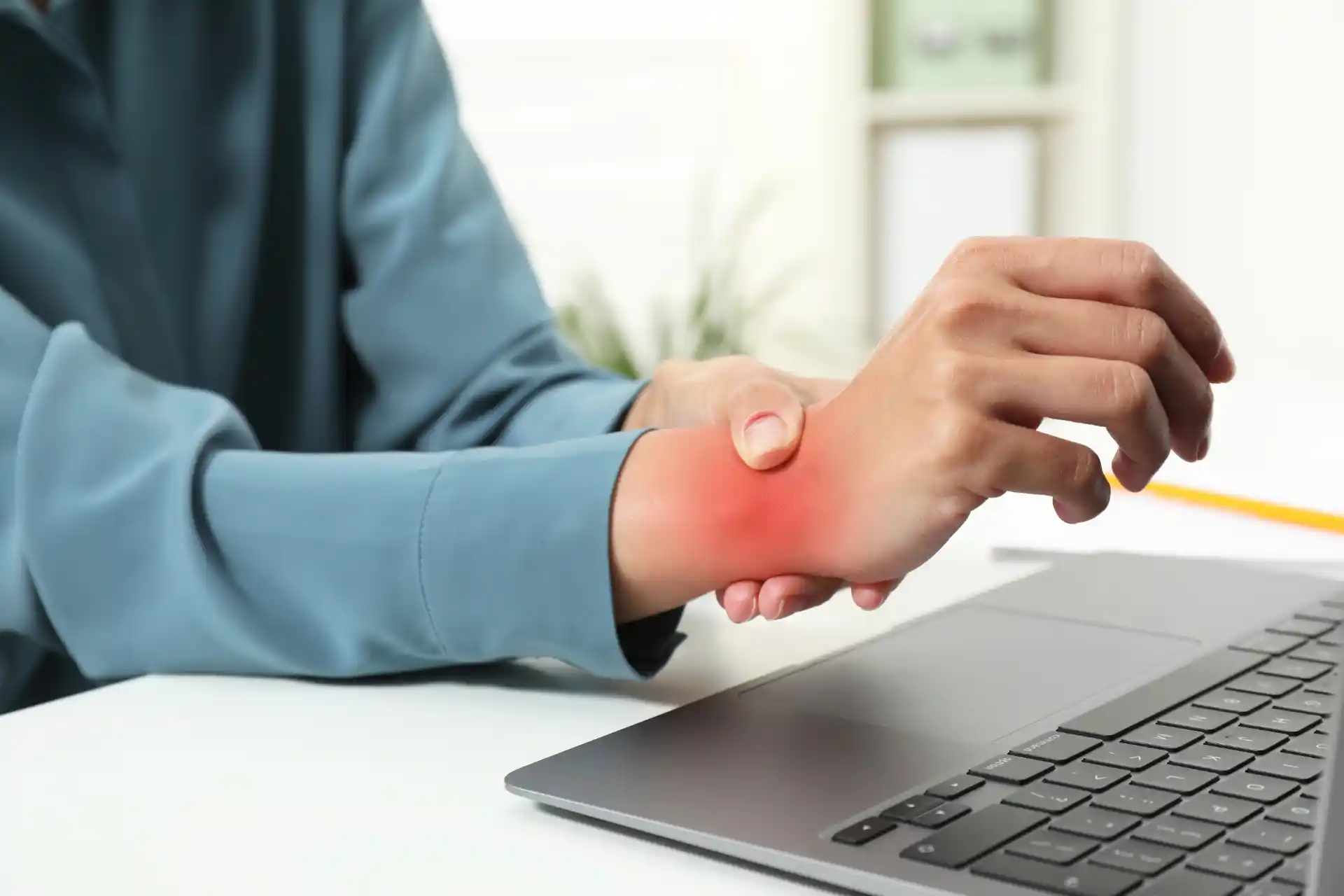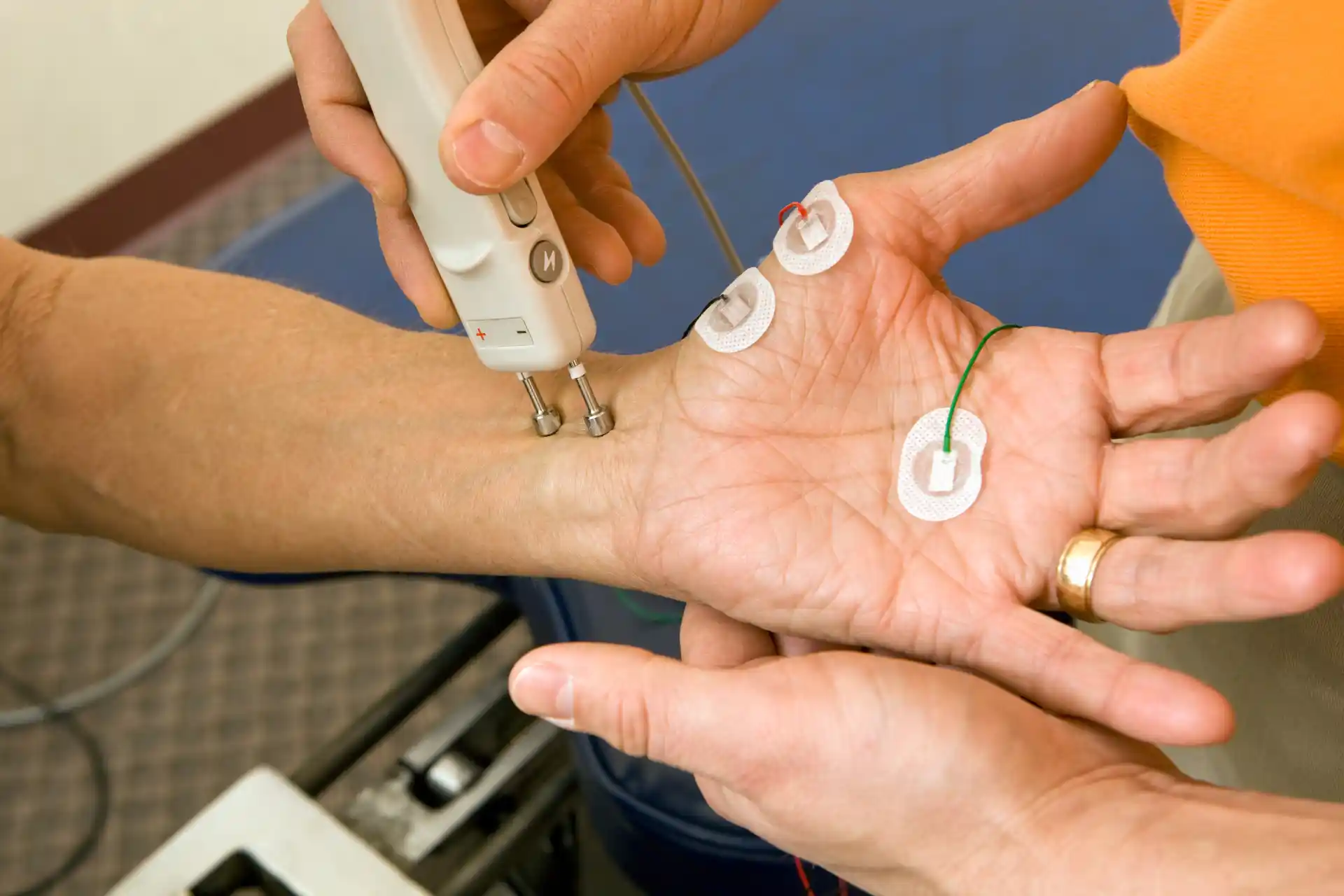Understanding Heel Conditions
Differentiating Heel Spur and Plantar Fasciitis
To distinguish between a heel spur and plantar fasciitis, it’s crucial to understand the nature of each condition. Heel spurs are bony growths that can be seen on an X-ray (OrthoInfo AAOS). However, they are often painless and not the primary cause of pain associated with plantar fasciitis.
Many individuals with heel spurs do not experience the typical discomfort linked with heel pain.
In contrast, plantar fasciitis is an inflammation of the fibrous band of connective tissue that runs along the bottom of the foot. This condition is characterized by painful inflammation that often results in sharp pain upon standing, especially in the morning or after sitting for long periods (WebMD).
Causes and Symptoms
Both heel spurs and plantar fasciitis share common causes but have distinct symptoms.
Heel spurs often result from strains on foot muscles and ligaments, stretching of the plantar fascia, and repeated stress on the membrane covering the heel bone (WebMD). They are commonly observed in athletes involved in activities such as running and jumping.
Plantar fasciitis, on the other hand, arises due to overuse, high-impact sports, wearing improper footwear, and obesity. It’s important to address the underlying causes alongside treating the symptoms. Effective treatment can significantly reduce the pain associated with plantar fasciitis and prevent its recurrence.
Recognize the symptoms and causes to accurately differentiate between these conditions and begin appropriate plantar fasciitis treatment at home to alleviate your symptoms efficiently. Many people find substantial relief by following treatments and plantar fasciitis exercises. For an in-depth look at heel pain and its symptoms, visit our comprehensive articles.
Treatment Options
Nonsurgical Approaches
Nonsurgical treatment methods for both heel spurs and plantar fasciitis are often highly effective. Common nonsurgical treatments include:
- Rest and Activity Modification: Reducing activities that exacerbate heel pain.
- Stretching Exercises: Regular stretching of the plantar fascia and Achilles tendon. Plantar fasciitis exercises are recommended.
- Ice Therapy: Applying ice to the heel to reduce inflammation and pain.
- Nonsteroidal Anti-inflammatory Drugs (NSAIDs): Over-the-counter pain relief options like ibuprofen.
- Physical Therapy: Professional guidance on exercises and treatments to alleviate symptoms.
- Supportive Shoes: Proper footwear providing arch support and shock absorption. Check out the best shoes for plantar fasciitis.
- Night Splints: Wearing night splints to maintain a stretch in the plantar fascia while sleeping. More on plantar fasciitis brace.
- Cortisone Injections: Reducing inflammation and pain but should be used cautiously.
- Platelet-Rich Plasma (PRP) Injections: Promoting healing with growth factors.
- Extracorporeal Shockwave Therapy (ESWT): Using sound waves to stimulate healing.
- Ultrasonic Tissue Repair: Minimally invasive treatment for chronic cases.
These treatment options should be treated as a general guideline, always consult with a healthcare professional for personalized guidance on medication and treatment that is right for you.
The majority of patients recover without the need for invasive procedures. For more information, read our guide on how to treat plantar fasciitis.
Surgical Procedures
Surgery is usually only considered for heel spurs and plantar fasciitis when nonsurgical methods fail after 12 months of consistent treatment (OrthoInfo AAOS). Surgical options include:
- Gastrocnemius Recession: Lengthening the calf muscle to reduce tension on the plantar fascia.
- Plantar Fascia Release: Cutting part of the plantar fascia ligament to relieve tension and inflammation.
- Heel Spur Removal: Surgery to remove the heel spur itself, although it's often not necessary as heel spurs are usually symptomless (Cleveland Clinic).
Understanding your options can help you make informed decisions about managing your heel pain. For comprehensive advice on addressing plantar fasciitis and heel spur pain, explore articles on plantar fasciitis treatment at home and what is the fastest way to heal a heel spur.
Seek RELIEF®
RELIEF® is a targeted treatment designed to address the possible underlying causes of heel spurs and plantar fasciitis, such as thickened, tightened, or dehydrated fascia.
Using ultrasound guidance and hydrodissection, the procedure delivers growth factors directly into the plantar fascia and may help to release fascia adhesions, reduce inflammation, and promote healing.1,2,3,4,5,6,7
This innovative approach offers a potentially effective solution that we believe will help relieve pain from heel spurs and support recovery for plantar fasciitis; without the need for steroids, medication, surgery, anesthesia, or post-procedure immobilization. Contact us today to learn how RELIEF® can help you get back on your feet.
Preventive Measures
To prevent heel pain and reduce the risk of developing plantar fasciitis or a heel spur, adopting certain preventive measures can be beneficial.
- Proper Footwear Choose shoes that fit well and provide adequate arch support and shock absorption. Avoid wearing worn-out shoes as they provide less support and can contribute to the development of plantar fasciitis (Advanced Pace Foot and Ankle Center).
- Weight Management Maintaining a healthy weight reduces the stress placed on your feet. Excess weight increases the pressure on the plantar fascia, leading to potential damage and pain.
- Regular Stretching Incorporate regular stretching into your daily routine. Stretching the calves, Achilles tendon, and plantar fascia can help maintain flexibility and prevent tightness that contributes to heel pain.
- Avoid High-impact Activities Limit activities that place excessive strain on your feet, such as running on hard surfaces. If you engage in high-impact activities, ensure you're wearing appropriate footwear to minimize the impact.
- Heel Pads and Cushions Using heel pads or cushions in your shoes can provide additional shock absorption and reduce the pressure on your heels.
By integrating these home remedies and preventive measures, you can effectively manage heel pain and reduce the risk of developing more severe conditions. For more guidance, explore our detailed articles on how to treat plantar fasciitis and plantar fasciitis treatment at home.
Always consult with a healthcare professional before starting a new diet and exercise regiment that is right for you.
Potential Complications
While the majority of individuals recover from plantar fasciitis and heel spur with proper treatment, there are potential complications to be aware of:
- Chronic Pain: For some, heel pain may persist even after initial treatments, requiring more aggressive intervention or surgery.
- Recurrent Symptoms: Symptoms may return if preventive measures are not adhered to, such as wearing appropriate footwear or maintaining a healthy weight.
- Fascia Tear: In rare instances, the plantar fascia may tear if overstretched or not properly managed, leading to severe pain and swelling (Cleveland Clinic).
- Nerve Damage: Surgical procedures carry the risk of nerve damage, which may cause numbness or tingling in the affected foot.
Consulting a healthcare provider is vital if you experience complications or if symptoms worsen. For more information on the prognosis and effective treatments, visit our detailed guide on how to treat plantar fasciitis.
To learn how RELIEF® can help manage your plantar fasciitis symptoms and accelerate your injury recovery, contact us today to schedule a consultation.
Always consult with a healthcare professional for personalized guidance on medication and treatment that is right for you.






.svg)